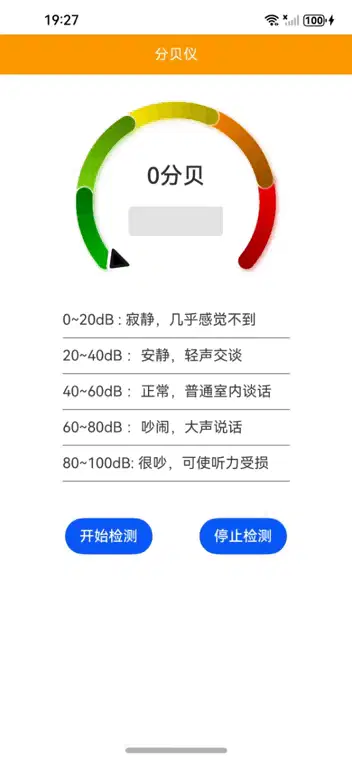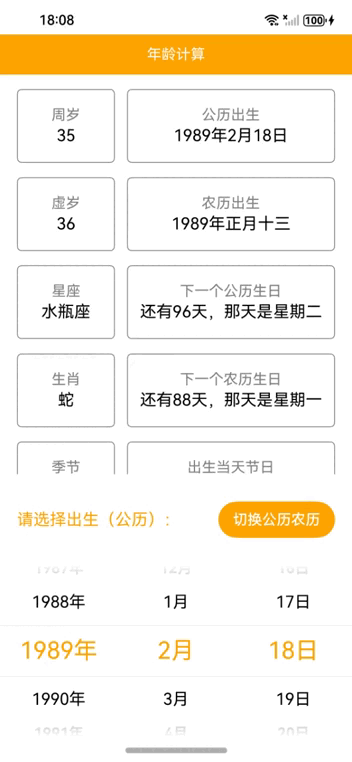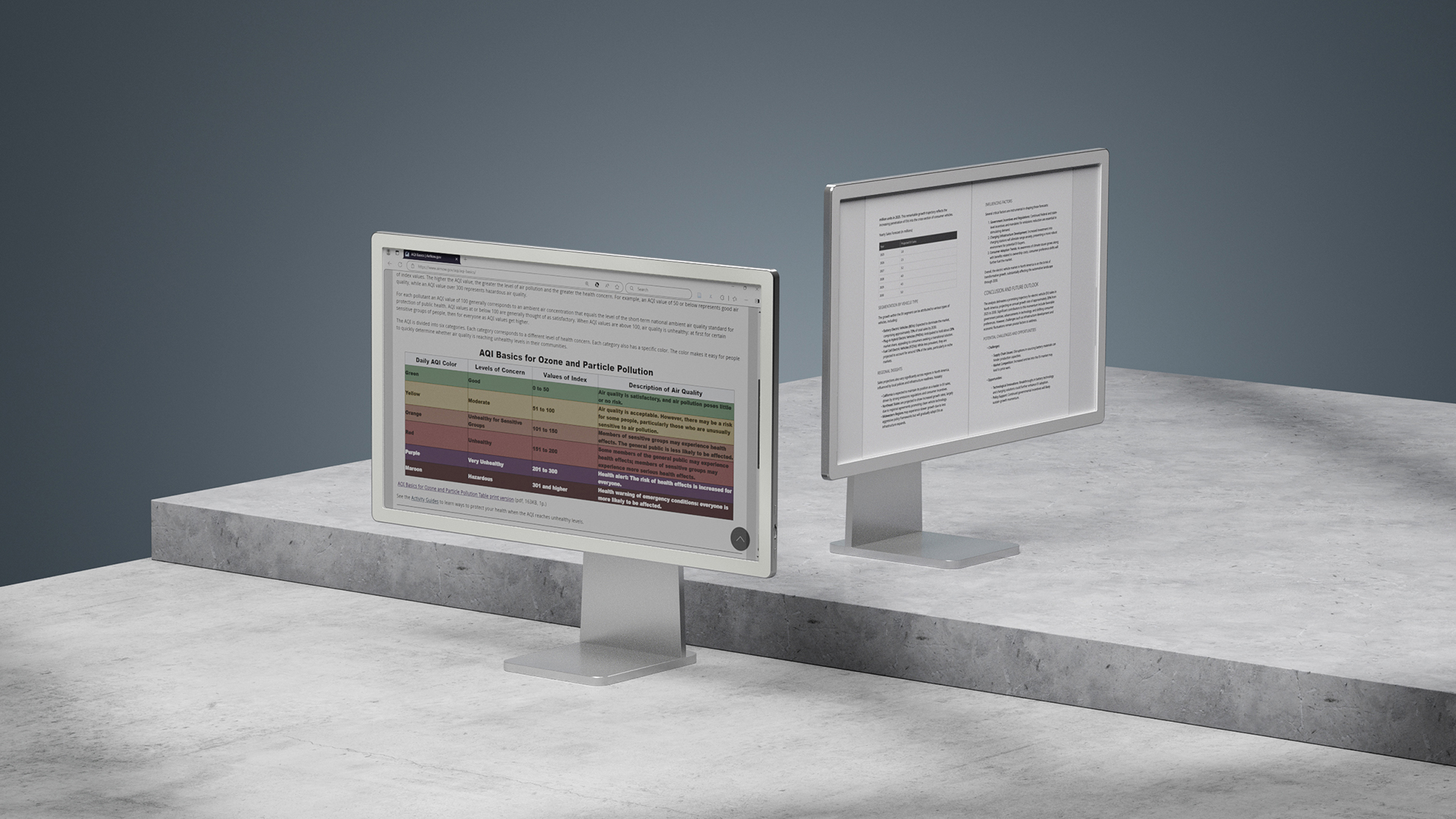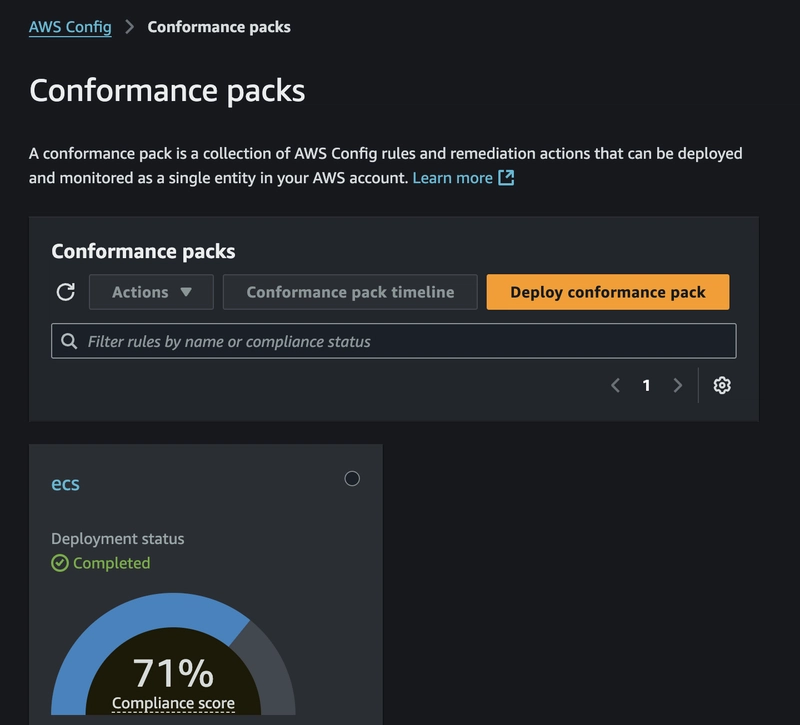HarmonyOS NEXT Development Case: Decibel Meter
This article demonstrates how to create a Decibel Meter application using HarmonyOS NEXT, implementing core features including microphone permission management, real-time audio data collection, decibel calculation, and dynamic UI updates. 1. Core Implementation 1.1 Permission Management We implement a complete permission request flow following HarmonyOS permission specifications: // Request microphone permission requestPermissionsFromUser() { const context = getContext(this) as common.UIAbilityContext; const atManager = abilityAccessCtrl.createAtManager(); atManager.requestPermissionsFromUser(context, this.requiredPermissions, (err, data) => { const grantStatus: Array = data.authResults; if (grantStatus.toString() == "-1") { this.showAlertDialog(); } else if (grantStatus.toString() == "0") { this.initialize(); } }); } // Open system settings page openPermissionSettingsPage() { const context = getContext() as common.UIAbilityContext; const bundleInfo = bundleManager.getBundleInfoForSelfSync( bundleManager.BundleFlag.GET_BUNDLE_INFO_WITH_APPLICATION); context.startAbility({ bundleName: 'com.huawei.hmos.settings', abilityName: 'com.huawei.hmos.settings.MainAbility', uri: 'application_info_entry', parameters: { pushParams: bundleInfo.name } }); } 1.2 Audio Capture Configuration Configure audio capture parameters according to system specifications: initialize() { const streamInfo: audio.AudioStreamInfo = { samplingRate: audio.AudioSamplingRate.SAMPLE_RATE_44100, channels: audio.AudioChannel.CHANNEL_1, sampleFormat: audio.AudioSampleFormat.SAMPLE_FORMAT_S16LE, encodingType: audio.AudioEncodingType.ENCODING_TYPE_RAW }; const recorderInfo: audio.AudioCapturerInfo = { source: audio.SourceType.SOURCE_TYPE_MIC, capturerFlags: 0 }; const recorderOptions: audio.AudioCapturerOptions = { streamInfo: streamInfo, capturerInfo: recorderInfo }; audio.createAudioCapturer(recorderOptions, (err, recorder) => { if (err) return; this.audioRecorder = recorder; this.audioRecorder.on('readData', (buffer: ArrayBuffer) => { this.currentDecibel = this.calculateDecibel(buffer); this.updateDisplay(); }); this.startRecording(); }); } 1.3 Decibel Calculation Algorithm Implement scientific decibel calculation using PCM data: calculateDecibel(pcm: ArrayBuffer): number { let sum = 0; const pcmView = new DataView(pcm); const numSamples = pcm.byteLength / 2; // PCM data processing for (let i = 0; i

This article demonstrates how to create a Decibel Meter application using HarmonyOS NEXT, implementing core features including microphone permission management, real-time audio data collection, decibel calculation, and dynamic UI updates.
1. Core Implementation
1.1 Permission Management
We implement a complete permission request flow following HarmonyOS permission specifications:
// Request microphone permission
requestPermissionsFromUser() {
const context = getContext(this) as common.UIAbilityContext;
const atManager = abilityAccessCtrl.createAtManager();
atManager.requestPermissionsFromUser(context, this.requiredPermissions, (err, data) => {
const grantStatus: Array<number> = data.authResults;
if (grantStatus.toString() == "-1") {
this.showAlertDialog();
} else if (grantStatus.toString() == "0") {
this.initialize();
}
});
}
// Open system settings page
openPermissionSettingsPage() {
const context = getContext() as common.UIAbilityContext;
const bundleInfo = bundleManager.getBundleInfoForSelfSync(
bundleManager.BundleFlag.GET_BUNDLE_INFO_WITH_APPLICATION);
context.startAbility({
bundleName: 'com.huawei.hmos.settings',
abilityName: 'com.huawei.hmos.settings.MainAbility',
uri: 'application_info_entry',
parameters: { pushParams: bundleInfo.name }
});
}
1.2 Audio Capture Configuration
Configure audio capture parameters according to system specifications:
initialize() {
const streamInfo: audio.AudioStreamInfo = {
samplingRate: audio.AudioSamplingRate.SAMPLE_RATE_44100,
channels: audio.AudioChannel.CHANNEL_1,
sampleFormat: audio.AudioSampleFormat.SAMPLE_FORMAT_S16LE,
encodingType: audio.AudioEncodingType.ENCODING_TYPE_RAW
};
const recorderInfo: audio.AudioCapturerInfo = {
source: audio.SourceType.SOURCE_TYPE_MIC,
capturerFlags: 0
};
const recorderOptions: audio.AudioCapturerOptions = {
streamInfo: streamInfo,
capturerInfo: recorderInfo
};
audio.createAudioCapturer(recorderOptions, (err, recorder) => {
if (err) return;
this.audioRecorder = recorder;
this.audioRecorder.on('readData', (buffer: ArrayBuffer) => {
this.currentDecibel = this.calculateDecibel(buffer);
this.updateDisplay();
});
this.startRecording();
});
}
1.3 Decibel Calculation Algorithm
Implement scientific decibel calculation using PCM data:
calculateDecibel(pcm: ArrayBuffer): number {
let sum = 0;
const pcmView = new DataView(pcm);
const numSamples = pcm.byteLength / 2;
// PCM data processing
for (let i = 0; i < pcm.byteLength; i += 2) {
const sample = pcmView.getInt16(i, true) / 32767.0;
sum += sample * sample;
}
const meanSquare = sum / numSamples;
const rmsAmplitude = Math.sqrt(meanSquare);
const referencePressure = 20e-6;
const decibels = 20 * Math.log10(rmsAmplitude / referencePressure);
// Normalize to 0-100 range
const minDb = 20;
const maxDb = 100;
const mappedValue = ((decibels - minDb) / (maxDb - minDb)) * 100;
return Math.max(0, Math.min(100, mappedValue));
}
2. UI Implementation
2.1 Dynamic Gauge Component
Create an interactive gauge with gradient colors:
@Entry
@Component
struct DecibelMeter {
@State currentDecibel: number = 0;
@State displayedDecibel: number = 0;
@State displayType: string = '';
build() {
Column() {
Gauge({ value: this.currentDecibel, min: 1, max: 100 }) {
Column() {
Text(`${this.displayedDecibel}dB`)
.fontSize(25)
.fontColor("#323232");
Text(`${this.displayType}`)
.fontSize(16)
.fontColor("#848484");
}
}
.startAngle(225)
.endAngle(135)
.colors(this.gaugeColors)
.height(250);
}
}
}
2.2 Noise Level Indicator
Implement dynamic noise level classification:
typeArray: ValueBean[] = [
new ValueBean("Silent", "0~20dB: Very quiet environment", 0, 20, "#02b003", "#016502"),
new ValueBean("Quiet", "20~40dB: Quiet conversation", 20, 40, "#7ed709", "#4f8800"),
new ValueBean("Normal", "40~60dB: Typical indoor level", 40, 60, "#ffef01", "#ad9e04"),
new ValueBean("Noisy", "60~80dB: Loud speech", 60, 80, "#f88200", "#965001"),
new ValueBean("Dangerous", "80~100dB: Hearing damage risk", 80, 100, "#f80000", "#9d0001"),
];
3. Best Practices
Performance Optimization:
Implement 1-second update throttling to reduce UI rendering pressureError Handling:
Add comprehensive error handling for audio device operationsUser Guidance:
Provide clear permission request instructions and settings redirectionAccessibility:
Use high-contrast color schemes and clear typography
The application follows HarmonyOS design guidelines while maintaining good performance and user experience. Developers can extend functionality by adding features like data logging or historical analysis.










































































































































































![[The AI Show Episode 146]: Rise of “AI-First” Companies, AI Job Disruption, GPT-4o Update Gets Rolled Back, How Big Consulting Firms Use AI, and Meta AI App](https://www.marketingaiinstitute.com/hubfs/ep%20146%20cover.png)




























































































































![[FREE EBOOKS] Offensive Security Using Python, Learn Computer Forensics — 2nd edition & Four More Best Selling Titles](https://www.javacodegeeks.com/wp-content/uploads/2012/12/jcg-logo.jpg)



![Ditching a Microsoft Job to Enter Startup Purgatory with Lonewolf Engineer Sam Crombie [Podcast #171]](https://cdn.hashnode.com/res/hashnode/image/upload/v1746753508177/0cd57f66-fdb0-4972-b285-1443a7db39fc.png?#)
































































































































































































































-xl.jpg)













![As Galaxy Watch prepares a major change, which smartwatch design to you prefer? [Poll]](https://i0.wp.com/9to5google.com/wp-content/uploads/sites/4/2024/07/Galaxy-Watch-Ultra-and-Apple-Watch-Ultra-1.jpg?resize=1200%2C628&quality=82&strip=all&ssl=1)













![Apple M4 iMac Drops to New All-Time Low Price of $1059 [Deal]](https://www.iclarified.com/images/news/97281/97281/97281-640.jpg)
![Beats Studio Buds + On Sale for $99.95 [Lowest Price Ever]](https://www.iclarified.com/images/news/96983/96983/96983-640.jpg)

![New iPad 11 (A16) On Sale for Just $277.78! [Lowest Price Ever]](https://www.iclarified.com/images/news/97273/97273/97273-640.jpg)






































![Apple's 11th Gen iPad Drops to New Low Price of $277.78 on Amazon [Updated]](https://images.macrumors.com/t/yQCVe42SNCzUyF04yj1XYLHG5FM=/2500x/article-new/2025/03/11th-gen-ipad-orange.jpeg)



![[Exclusive] Infinix GT DynaVue: a Prototype that could change everything!](https://www.gizchina.com/wp-content/uploads/images/2025/05/Screen-Shot-2025-05-10-at-16.07.40-PM-copy.png)























































